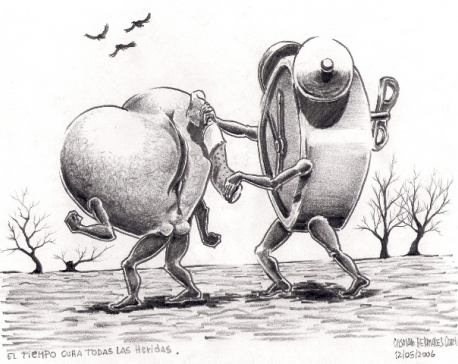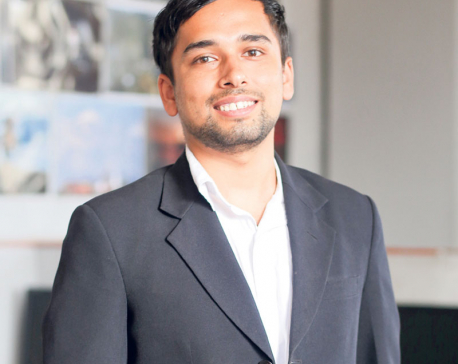
OR
Post-quake rebuilding
Time really does fly. Or it is supposed to when life is good and easy. The folk who escaped largely unscathed, with their families and properties intact, from the April 25, 2015 earthquake, can’t believe it’s already been two years since that fateful day. But for the vast majority of the nearly 900,000 families that lost their homes and, in many cases, even family members, post-quake rebuilding and rehabilitation has been agonizingly slow. Under three percent of the 900,000 destroyed homes have been rebuilt. As the National Reconstruction Authority (NRA) that was established to help quake victims quickly rebuild their lives has not been able to function optimally, for various reasons, vital rebuilding works have been stymied. For instance speaking before a parliamentary committee in January, the new NRA chief, Govind Raj Pokharel, lamented how he had not been able to mobilize the US $200 million that was available to the authority in the absence of an appropriate ‘operational modality’. He also spoke of how reconstruction works had been badly hampered by red tape, a less than helpful government bureaucracy and lack of resource-mobilization authority for the NRA.
These are all valid concerns and they had been voiced even by Pokharel’s predecessor in the post, Sushil Gyewali. There is no point in having a dedicated reconstruction authority if its officials have to run to the prime minister for the approval of smallest payments. Or if the authority is not given enough manpower. There are other hurdles too. For instance around 1,200 technicians hired by the NRA to support reconstruction in quake-hit districts resigned in masse last December, citing poor pay and perks. Many reenlisted only when the government agreed to up to 75 percent increment in their perks, yet there is still great dissatisfaction among these technicians and other officials on the ground. Many of them have been loath to work in remote villages. Then there have also been technical problems in the distribution of post-quake grants to victim families. Separately, reconstruction of UNESCO heritage sites in the three districts of Kathmandu Valley has been tardy, with disputes cropping up over everything from construction material to be used to the designs of new structures.
There is now a real danger that as memories of that horrendous April day fade, the attention of both the government as well as our major foreign donors who pledged support for post-quake rebuilding, could be diverted. Over the next one year, the government will have its hand full ensuring constitutionally-mandated three sets of elections are held on time. The quake victims, who are scattered and who together make up only a tiny segment of the parties’ vote banks, could easily fall through the cracks. Foreign donors will also have no shortage of other troubled hotspots that need their urgent attention. But hundreds of thousands of families are still putting up in makeshift tents and continue to struggle to even make their ends meet. It will be criminal to ignore their sorry plight. In this second anniversary of April 25 earthquake we should all once again commit to rebuilding the destroyed lives of quake victims, and soon.
You May Like This

Time never heals wounds
As I sit down to write after long, the first thing I want to express is how your presence is... Read More...

Full time lawyer, part time youtuber
You might have come across Random Nepali. He’s a youtuber who makes presentation like animation videos that lists Nepali eccentricities... Read More...

8:45 am on Oct 11, the most auspicious time for Dashain Tika
KATHMANDU, Sept 24: The Nepal Panchanga Nirnayak Samiti has determined 8:45 am of October 11 as the most auspicious time... Read More...



Just In
- World Malaria Day: Foreign returnees more susceptible to the vector-borne disease
- MoEST seeks EC’s help in identifying teachers linked to political parties
- 70 community and national forests affected by fire in Parbat till Wednesday
- NEPSE loses 3.24 points, while daily turnover inclines to Rs 2.36 billion
- Pak Embassy awards scholarships to 180 Nepali students
- President Paudel approves mobilization of army personnel for by-elections security
- Bhajang and Ilam by-elections: 69 polling stations classified as ‘highly sensitive’
- Karnali CM Kandel secures vote of confidence















Leave A Comment